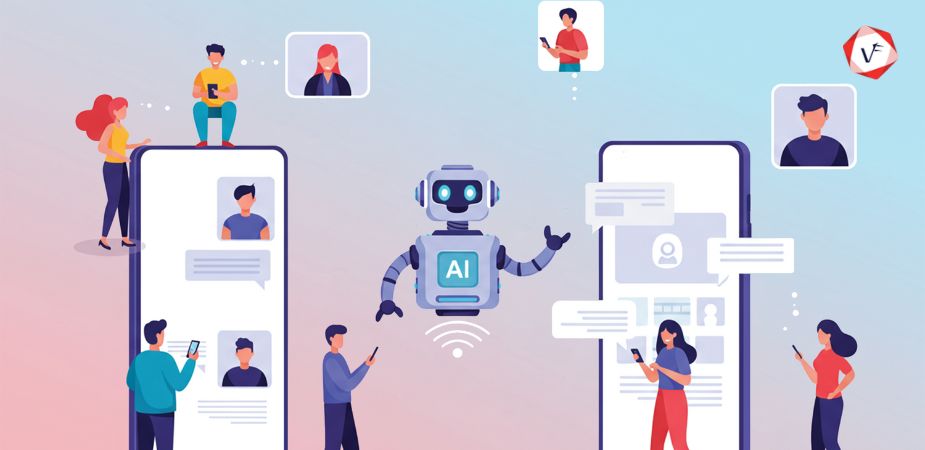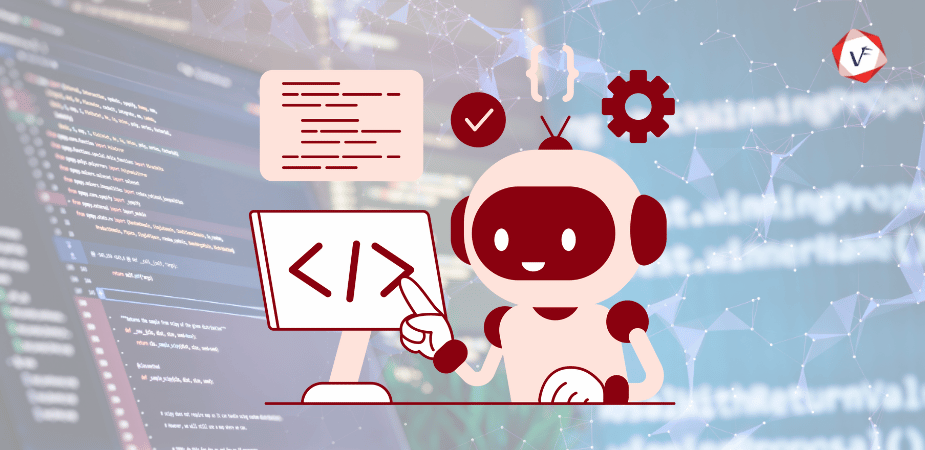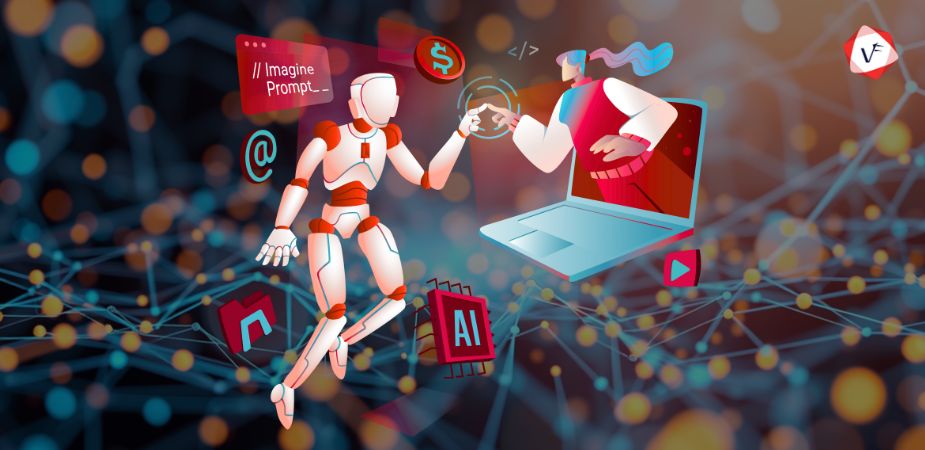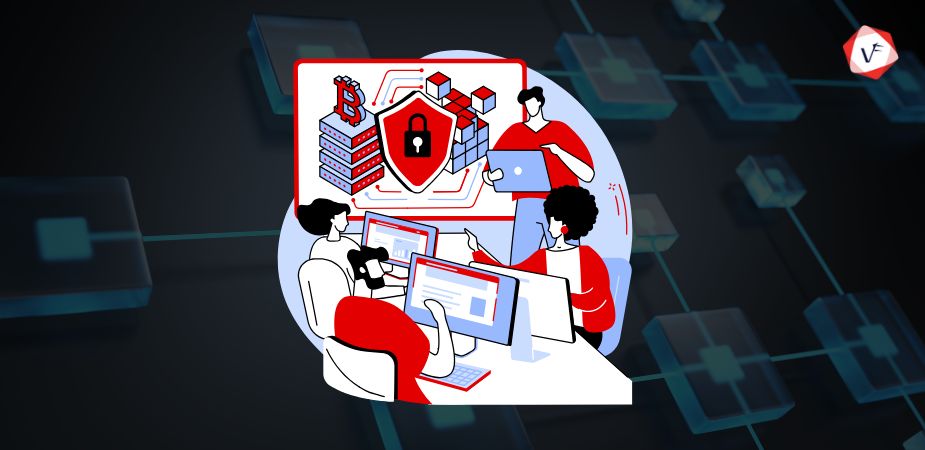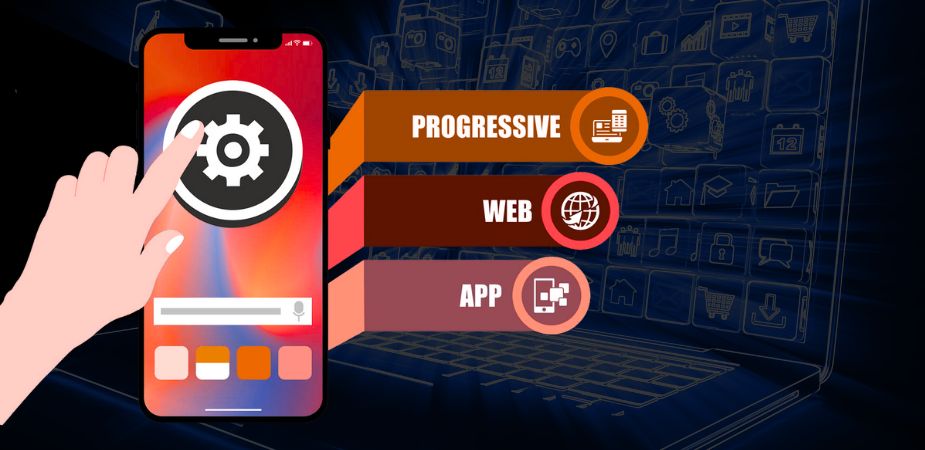What is Software Delivery? Definition and Core Components
The process of delivering a software product to customers, encompassing the entire journey from ideation and development to the final purchase and implementation of the product, is known as software delivery. It involves a series of actions and steps taken to prepare the software for deployment to the client, marking the beginning of the procedure.
Modern software delivery has evolved beyond traditional deployment to include continuous integration, automated testing, and real-time monitoring. In 2025, successful software delivery requires a combination of methodologies, tools, and practices that ensure rapid, reliable, and secure software deployment.
Core Components of Software Delivery:
- Planning and Requirements Gathering: Defining project scope, objectives, and user requirements
- Development and Coding: Writing, reviewing, and testing code according to specifications
- Quality Assurance: Comprehensive testing to ensure software functionality and performance
- Deployment and Release: Moving software from development to production environments
- Monitoring and Maintenance: Ongoing support, updates, and performance optimization
Software delivery models are different methods or strategies used for preparing the finalized software products for the marketplace. There are numerous different software delivery strategies that companies have created, and no particular strategy is necessarily the best. Additionally, many businesses combine different software delivery models to optimize their development processes.
Top 5 Software Delivery Models Compared
Let’s examine the most commonly used software delivery models, their advantages, disadvantages, and ideal use cases:
1. Waterfall Method: Sequential Software Development
A continuous or sequential software delivery strategy is the waterfall approach. In this model, the success of one phase depends on the completion of the previous phase. The “waterfall” approach is named for its continuous “downward” flow, where procedures are progressively followed from conception through deployment.
One of the less adaptable software delivery strategies, the waterfall model was first used in sectors like manufacturing and construction where there was significant reliance on earlier steps. Projects can take months or years to complete using this linear approach.
Advantages of Waterfall Method:
- Simple to understand and manage
- Milestones and deliverables are clearly defined
- Simple task prioritization
- Comprehensive documentation
- Predictable timeline and budget
Disadvantages of Waterfall Method:
- Not as adaptable as iterative and agile approaches
- Phases cannot overlap or run in parallel
- Time-consuming development process
- Expensive to make changes in later stages
- Limited customer feedback during development
Best Suited For:
- Small to mid-sized projects with well-defined requirements
- Projects with stable, unchanging requirements
- Regulated industries requiring extensive documentation
- Teams with limited experience in agile methodologies
2. Agile Methodology: Iterative Software Delivery
One of the most significant and influential approaches brought to software engineering in recent years is agile methodology, which supports software teams in effectively producing customer-centric products. Agile development uses incremental, iterative, and lean methods to simplify and expedite project delivery.
Based on the Agile Manifesto, which emphasizes the importance of people and relationships, functional software, working with clients, and adapting to change, this methodology promotes collaborative development principles.
Scrum Framework for Software Delivery
Scrum is an agile software delivery framework that uses a set of principles, standards, and practices to assist teams in organizing and managing their work. Developers work in 2-3 week iterations called “sprints.”
Scrum enables companies to learn from experiences, evolve while addressing problems, and evaluate their achievements to continually grow. Teams typically designate a Scrum Master to oversee the execution of three separate Scrum phases and maintain everyone on schedule.
Key Scrum Roles:
- Product Owner: Defines requirements and priorities
- Scrum Master: Facilitates process and removes obstacles
- Development Team: Creates the software product
Kanban Method for Continuous Delivery
Kanban is a branch of the Agile technique that fits into the larger Agile mindset. It places focus on continuous delivery and the visualization of work progress through boards and cards.
Kanban boards illustrate phases of work with columns that represent specific tasks for each phase. Visual cards within each column represent individual tasks and their current stage. Common stages include “To Do,” “In Progress,” and “Done.”
Kanban Principles:
- Visualize workflow
- Limit work in progress
- Manage flow
- Make policies explicit
- Continuously improve
Advantages of Agile Software Delivery:
- High adaptability to changing requirements
- Timely delivery through iterative releases
- Increased performance through continuous feedback
- Enhanced team collaboration
- Early and frequent customer involvement
- Reduced project risk through regular assessments
Disadvantages of Agile Software Delivery:
- Less predictable timelines and budgets
- Limited documentation compared to traditional methods
- Requires experienced team members
- Variable project goals can lead to scope creep
- Intensive customer involvement required
Best Suited For:
- Projects of all sizes requiring flexibility
- Managed IT services and outsourced development
- Updating existing products with new features
- Innovative projects with evolving requirements
3. DevOps Model: Continuous Integration and Deployment
The applications and services that drive the modern digital era must scale to accommodate billions of users. DevOps, which combines development and operations, emerged from the need to deliver features to customers more quickly and reliably.
DevOps emphasizes automation, continuous integration, and continuous deployment (CI/CD) practices. Major platforms like Microsoft Office and Gmail use DevOps methodologies, receiving hundreds of updates daily while maintaining stability and performance.
Key DevOps Practices:
- Continuous Integration (CI): Frequent code integration and automated testing
- Continuous Deployment (CD): Automated deployment to production environments
- Infrastructure as Code: Managing infrastructure through code and automation
- Monitoring and Logging: Real-time application and infrastructure monitoring
- Collaboration Culture: Breaking down silos between development and operations teams
Advantages of DevOps Software Delivery:
- Process automation and significant improvement in efficiency
- Continuous feedback between developers and operations teams
- Faster product delivery and time-to-market
- Significant improvement in team productivity
- Early identification of errors and defects in the SDLC
- Enhanced system reliability and performance
Disadvantages of DevOps Software Delivery:
- Reduced emphasis on comprehensive documentation
- Challenging management of rapidly developed features
- Steep learning curve for traditional teams
- Requires significant cultural and organizational changes
- Higher initial investment in tools and training
Best Suited For:
- Complex projects requiring extensive QA and testing
- Large-scale applications serving millions of users
- Organizations prioritizing rapid feature deployment
- Cloud-native and microservices architectures
4. Spiral Model: Risk-Driven Software Development
The Spiral Model is a continuous and methodical approach to software development that is part of the software development life cycle (SDLC). Built on the spiral metaphor, each spiral iteration represents a complete software development cycle, including requirements collection, analysis, creation, execution, evaluation, and maintenance.
The project manager can vary the precise number of phases required to build the product according to the risks associated with the project. This model is particularly effective for large, complex projects with high uncertainty and risk factors.
Four Main Phases of the Spiral Model:
- Planning: Determine objectives, alternatives, and constraints
- Risk Analysis: Analyze alternatives and identify/resolve risks
- Engineering: Develop and test the product
- Evaluation: Evaluate results and plan the next iteration
Advantages of Spiral Model Software Delivery:
- Excellent risk management for projects with unknown risk factors
- Suitable for large, complex projects
- Flexibility in requirements – changes can be implemented accurately
- High customer satisfaction through early product visibility
- Strong emphasis on documentation and risk assessment
Disadvantages of Spiral Model Software Delivery:
- High cost makes it inappropriate for small projects
- Heavy dependence on risk analysis expertise
- Difficult time management and phase estimation
- High complexity requiring multiple development cycles
- Time-consuming due to numerous assessments and reviews
Best Suited For:
- Large projects with complex and demanding specifications
- New products requiring multiple testing phases
- Projects with significant technical risks
- Long-term projects with evolving requirements
5. Lean Software Development: Minimizing Waste
Lean software development applies lean manufacturing principles to software development, focusing on eliminating waste, optimizing efficiency, and delivering value quickly. This methodology emphasizes continuous improvement and respect for people.
Seven Principles of Lean Development:
- Eliminate Waste: Remove unnecessary features, processes, and documentation
- Amplify Learning: Use short iterations and frequent feedback
- Decide as Late as Possible: Keep options open and make informed decisions
- Deliver as Fast as Possible: Speed up delivery without sacrificing quality
- Empower the Team: Give teams authority and responsibility
- Build Integrity In: Ensure quality throughout the process
- See the Whole: Optimize the entire value stream
Advantages of Lean Software Development:
- Reduced development time and costs
- Improved team productivity and morale
- Higher quality software with fewer defects
- Better customer satisfaction through value focus
- Continuous improvement culture
Best Suited For:
- Startups and small companies with limited resources
- Projects requiring rapid prototyping
- Organizations focused on efficiency and waste reduction
- Teams with strong collaboration and communication
Software Delivery Models Comparison Chart
| Delivery Model | Timeline | Cost | Flexibility | Documentation | Best For |
|---|---|---|---|---|---|
| Waterfall | 6-18 months | Low-Medium | Low | Extensive | Small, well-defined projects |
| Agile | 2-6 months | Medium | High | Minimal | Most software projects |
| DevOps | Continuous | Medium-High | High | Automated | Large-scale applications |
| Spiral | 6-24 months | High | Medium | Comprehensive | High-risk, complex projects |
| Lean | 1-6 months | Low-Medium | High | Minimal | Startup and efficiency-focused projects |
Note: Timelines and costs can vary significantly based on project complexity, team size, and specific requirements.
How to Choose the Right Software Delivery Model
Selecting the appropriate software delivery model is crucial for project success. Consider these key factors when making your decision:
1. Project Cost and Budget
Cost estimation for software development models varies significantly due to unique requirements and objectives of each project. The primary factor affecting total project complexity is the ultimate cost to develop software. Consider both initial development costs and long-term maintenance expenses.
2. Development Speed Requirements
According to GoodFirms research, 61.60% of development organizations establish an average duration of 4-6 months for software development. The development speed represents how quickly you can promote an idea from concept to market-ready product.
3. Delivery Frequency Needs
Delivery frequency refers to how often your development methodology completes cycles and releases functional software. Consider whether you need continuous deployment, regular sprints, or milestone-based releases.
4. Project Complexity Assessment
Project complexity encompasses multiple attributes including time, budget, size, effectiveness, efficiency, risk management, communication, and procurement. The degree to which requirements can change significantly contributes to project complexity.
5. Team Experience and Skills
Evaluate your team’s experience with different methodologies. Some models require specific skills, certifications, or cultural changes that may impact your selection.
6. Customer Involvement Level
Different models require varying levels of customer participation. Agile methodologies need continuous customer feedback, while Waterfall requires upfront requirement gathering.
7. Risk Tolerance
Assess your organization’s tolerance for uncertainty and change. High-risk projects may benefit from Spiral model’s risk management approach, while stable projects may work well with Waterfall.
Decision Matrix for Model Selection:
- Choose Waterfall if: Requirements are well-defined, budget is limited, team is inexperienced with agile, extensive documentation is required
- Choose Agile if: Requirements may change, customer involvement is high, team is experienced, flexibility is prioritized
- Choose DevOps if: Continuous deployment is needed, scalability is crucial, automation is prioritized, operations integration is required
- Choose Spiral if: Project is complex, risks are high, budget allows for iterations, long-term development is planned
- Choose Lean if: Resources are limited, waste reduction is prioritized, rapid prototyping is needed, team is small and collaborative
Software Delivery Best Practices for 2025
Regardless of the delivery model you choose, following these best practices will improve your project outcomes:
1. Implement Continuous Integration and Testing
- Automate testing processes to catch issues early
- Use version control systems for code management
- Implement code review processes
- Maintain automated build and deployment pipelines
2. Foster Strong Communication
- Hold regular stand-up meetings and retrospectives
- Use collaborative tools for project management
- Maintain clear documentation of decisions and changes
- Ensure transparent communication with stakeholders
3. Focus on Quality Assurance
- Implement comprehensive testing strategies
- Use both automated and manual testing approaches
- Conduct regular security assessments
- Monitor application performance continuously
4. Embrace Automation
- Automate repetitive tasks and processes
- Use infrastructure as code for environment management
- Implement automated monitoring and alerting
- Leverage AI and machine learning for predictive insights
5. Prioritize Security
- Integrate security practices throughout development (DevSecOps)
- Conduct regular security audits and penetration testing
- Implement proper access controls and authentication
- Maintain compliance with industry standards and regulations
Frequently Asked Questions About Software Delivery Models
Q: What is the most popular software delivery model in 2025?
Agile methodology is the most widely adopted software delivery model, used by 61.5% of development organizations, followed by Scrum (21.3%) and Waterfall (9.6%). The popularity of Agile stems from its flexibility, customer focus, and proven track record of successful project delivery.
Q: Which software delivery model is best for small projects?
For small projects with well-defined requirements and limited budgets, the Waterfall model is often most appropriate due to its simplicity, clear milestones, and predictable timeline. However, if flexibility and customer involvement are important, Agile or Lean methodologies may be better choices even for small projects.
Q: What’s the difference between DevOps and Agile methodologies?
DevOps focuses on continuous integration, deployment, and collaboration between development and operations teams, emphasizing automation and infrastructure management. Agile emphasizes iterative development, customer collaboration, and responding to change. Many organizations successfully combine both approaches, using Agile for development practices and DevOps for deployment and operations.
Q: How long does each software delivery model typically take?
Project timelines vary significantly based on complexity and scope: Waterfall projects typically take 6-18 months, Agile projects run in 2-4 week sprints over 2-6 months, DevOps enables continuous deployment, Spiral model projects can take 6-24 months depending on risk assessment phases, and Lean projects often complete in 1-6 months.
Q: What factors should I consider when choosing a software delivery model?
Key factors include project size and complexity, budget constraints, timeline requirements, team experience and skills, requirement stability, risk tolerance, customer involvement preferences, and organizational culture. It’s also important to consider long-term maintenance and scalability needs.
Q: Can I combine multiple software delivery models?
Yes, many organizations successfully combine elements from different models. For example, you might use Agile development practices with DevOps deployment pipelines, or incorporate Lean principles into your Agile workflow. The key is to adapt methodologies to fit your specific project needs and organizational context.
Q: How do I measure the success of a software delivery model?
Success metrics include on-time delivery, budget adherence, quality metrics (defect rates, performance), customer satisfaction scores, team productivity, time-to-market, and return on investment. Different models may emphasize different metrics based on their core principles and objectives.
Q: What role does automation play in modern software delivery?
Automation is crucial in modern software delivery, enabling continuous integration, automated testing, infrastructure provisioning, deployment processes, and monitoring. Automation reduces human error, increases efficiency, improves consistency, and enables faster delivery cycles across all delivery models.
Conclusion: Future of Software Delivery
The landscape of software delivery continues to evolve rapidly as technology advances and business requirements become more complex. In 2025, successful organizations are those that adapt their delivery models to meet specific project needs while embracing automation, continuous improvement, and customer-centric approaches.
While Agile methodologies dominate the current market, the future lies in hybrid approaches that combine the best aspects of multiple delivery models. Organizations increasingly adopt DevOps practices for operational excellence, incorporate Lean principles for efficiency, and apply Spiral model concepts for risk management in complex projects.
Key Trends Shaping Software Delivery:
- AI-Powered Development: Artificial intelligence and machine learning are automating code generation, testing, and deployment processes
- Cloud-Native Delivery: Microservices, containers, and serverless architectures are changing how software is built and delivered
- Security-First Approach: DevSecOps practices integrate security throughout the development lifecycle
- Low-Code/No-Code Platforms: These platforms are democratizing software development and accelerating delivery
- Continuous Everything: From integration to deployment to monitoring, automation is becoming comprehensive
The choice of software delivery model should align with your organization’s goals, team capabilities, project requirements, and customer expectations. Rather than rigidly following a single methodology, successful teams adapt and combine approaches to create customized delivery strategies that maximize value and minimize risk.
For organizations looking to optimize their software delivery processes, consider partnering with experienced software consulting experts who can help assess your current practices, recommend appropriate methodologies, and implement best practices tailored to your specific needs.
As we move forward, the organizations that thrive will be those that remain flexible, embrace continuous learning, and prioritize delivering value to customers through efficient, high-quality software delivery processes.

